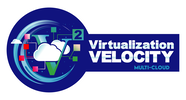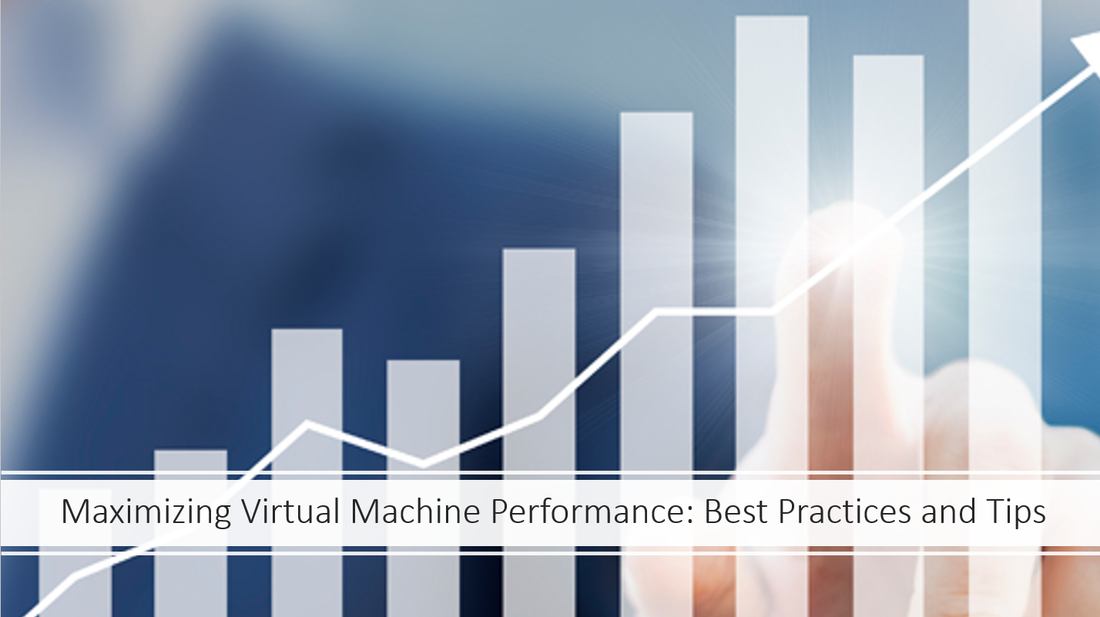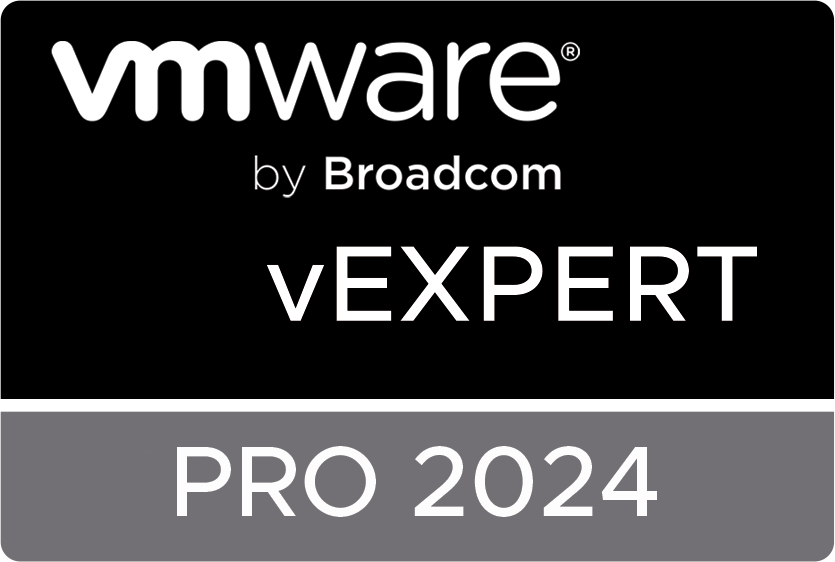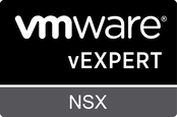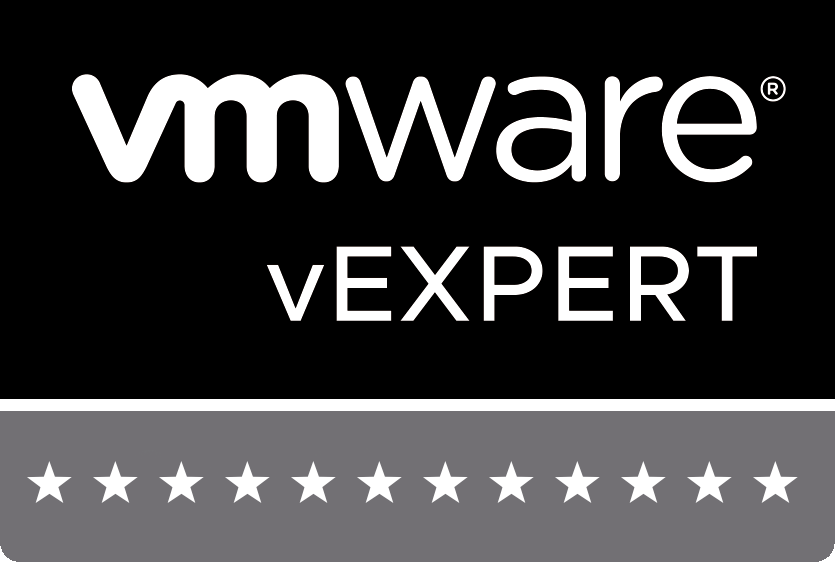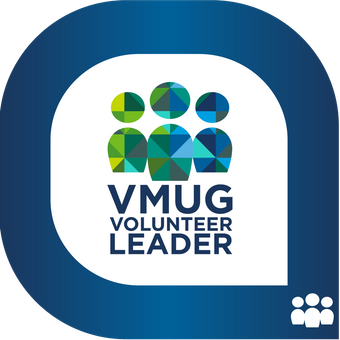|
Virtual machines (VMs) play a crucial role in the modern IT infrastructure, serving as versatile, scalable, and cost-effective solutions for businesses and individual users alike. However, just like physical machines, VMs need optimization to perform at their peak. Below are some of the best practices and tips to maximize your virtual machine performance. 1. Allocate Appropriate System ResourcesThe first step in optimizing your VMs is proper resource allocation. This includes CPU, memory, and storage. Overallocating can lead to wasted resources and underperformance. On the other hand, underallocation can throttle your VM's potential. Therefore, always ensure your VMs have enough resources to perform their tasks without hogging your system's overall capacity. 2. Opt for Fast Storage DevicesThe speed of your storage device significantly impacts the performance of your VM. Opt for a Solid-State Drive (SSD) over a traditional Hard Disk Drive (HDD). SSDs offer faster data access, lower latency, and are more reliable, enhancing your VM's performance. 3. Debloat Your Virtual MachineOver time, VMs might accumulate unnecessary applications and services that can consume valuable resources. Regularly audit your VMs and remove unnecessary applications or services. This practice frees up resources and contributes to the smooth running of your virtual machine. 4. Tweak Your Virtual Machine SettingsVMware offers a number of adjustable settings that can be optimized for performance. For instance, increasing the number of CPU cores assigned to the VM or allocating more memory can enhance its performance. Ensure that these tweaks align with the requirements of the applications running on your VMs and don't impact the performance of other VMs or the host. 5. Enable Hardware VirtualizationHardware virtualization technologies such as Intel VT-x and AMD-V allow your VM to run directly on the hardware, bypassing the need for emulation. This can significantly improve the performance of your VMs. Check your BIOS settings to ensure hardware virtualization is enabled. 6. Keep Your VMware Software UpdatedVMware releases regular updates that often include performance improvements and new features. Keep your software up-to-date to leverage these enhancements and ensure optimal performance. 7. Use the Correct Virtual Machine TypeDifferent VM types are designed to handle different workloads. For instance, a VM type designed for high I/O performance would be better suited to run a database. Ensure that the VM type aligns with your workload needs. 8. Use a High-Performance NetworkThe network that your VMs share must be able to handle the traffic generated by them. If the network is slow, it can bottleneck performance. Consider investing in high-speed network infrastructure. 9. Monitor Your Virtual MachinesPerformance monitoring is essential for maintaining the efficiency of your VMs. Monitor key performance metrics such as CPU usage, memory usage, and network traffic using VMware tools. 10. Install VMware ToolsVMware Tools is a suite of drivers and utilities that improve VM performance. They facilitate better integration with the host OS and can enhance file transfers and network performance. 11. Disable Unnecessary Services and DevicesBy default, VMs come configured with numerous services and devices, which may not be necessary for your specific needs. Disabling these services and devices can free up resources, improving performance. 12. Use a Dedicated Host for Your Virtual MachinesIf you're running a large number of VMs or VMs requiring significant resources, consider using a dedicated host. This ensures your VMs have all the resources they need, leading to improved performance. Maximizing VM performance is a multi-faceted task requiring a strategic blend of resource allocation, software updates, performance monitoring, and judicious system tweaks. Keep these best practices and tips in mind to get the most out of your virtual machines. If there are others you would like to share please share them in the comments section below. Resources
0 Comments
|
About this Classroom
During my experiences with VMware, I've noticed an increasing number of newcomers entering the VMware ecosystem. Engaging with numerous individuals at VMware Explore events, I've had the opportunity to learn about their initial journeys. As a VMware User Group Leader (VMUG), our primary focus revolves around education and the exchange of ideas. Considering the diverse platforms and interactions, I felt compelled to introduce a dedicated section in my blog, aimed at revisiting the fundamentals of being a VMware Administrator. My intention is to provide valuable resources that will assist and inspire you throughout your journey in this field, with the hope that these resources prove to be beneficial and motivating for your growth.
RecognitionCategories |
